
Bridging Science and Aesthetics
Chaos, present in everything from a drop of water to the galaxies in our universe, has long fascinated people from cultures around the world. The natural disorder present in the branches of trees, lightning, and coastlines, to name a few examples, may seem to be completely chaotic. However, self-similarity within these phenomena is much more organized than it appears. Repeating patterns in many natural objects and processes are known as fractals – figures that show self-similarity at different levels. The study of fractals, in both nature and pure mathematics, has advanced numerous branches of science, such as computing, telecommunications, fluid dynamics, biology, and medicine, and can offer innovative new perspectives on human science and technology. Almost everything in the universe is constantly changing, and while fractals have been described as patterns of chaos, they can also be described as patterns of change in the context of natural fractals.
The Fascinating World of Natural Fractals
Fractals are patterns formed from what is known as chaotic equations. They exhibit self-similar patterns of complexity regardless of magnification. When divided into parts, they produce a nearly identical, reduced-sized copy of the whole. With fractals, infinite complexity is formed with relatively simple equations. By iterating or repeating these equations many times, random outputs create amazing patterns that are unique yet recognizable. However, most fractals in nature do not repeat forever. The repetition eventually breaks down in natural patterns, and they cease to be fractals. In many cases, fractal patterns are the most efficient way to deliver nutrient-harvested sunlight or form support structures for plants or animals.
Nautilus Shell
The nautilus shell is a naturally occurring object that results from the growth of a nautilus form in a very precise logarithmic spiral, meaning every compartment of the shell is larger than the preceding compartment by the same factor, regardless of its position in the shell.
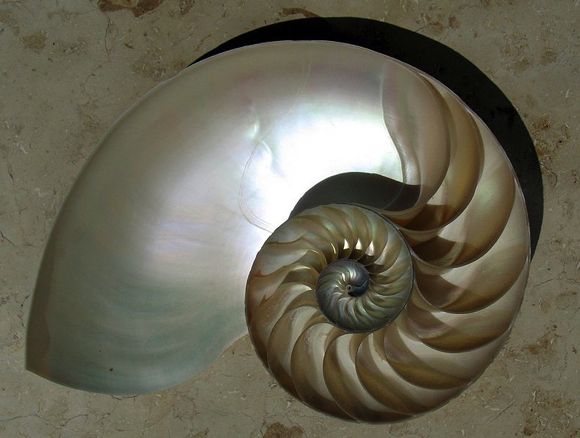

Fractal Trees & Plants
The intricate patterns observed in the branching structure of trees are indicative of fractal geometry, a phenomenon where geometric shapes repeat at varying scales with a self-similar nature. In this context, the primary fractal originates from the main trunk of the tree. As secondary branches emerge from the trunk, they mirror the same fractal pattern on a reduced scale. This recursive process continues as progressively smaller branches and twigs develop, resulting in a visually complex and self-replicating arboreal structure.

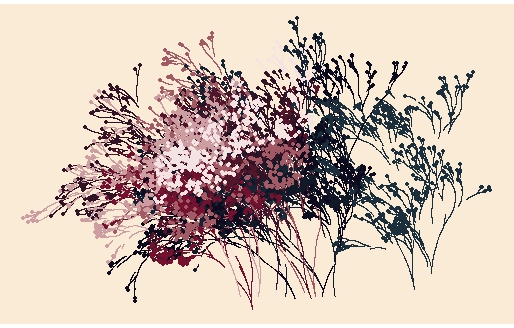
The utilization of fractal geometry in the growth of tree branches facilitates an efficient distribution of nutrients and sunlight throughout the entire tree. This recursive branching pattern is a testament to the inherent complexity and order embedded in natural systems.

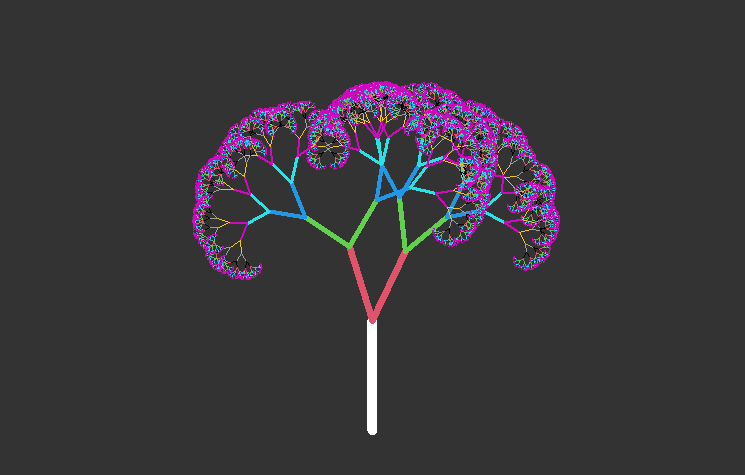
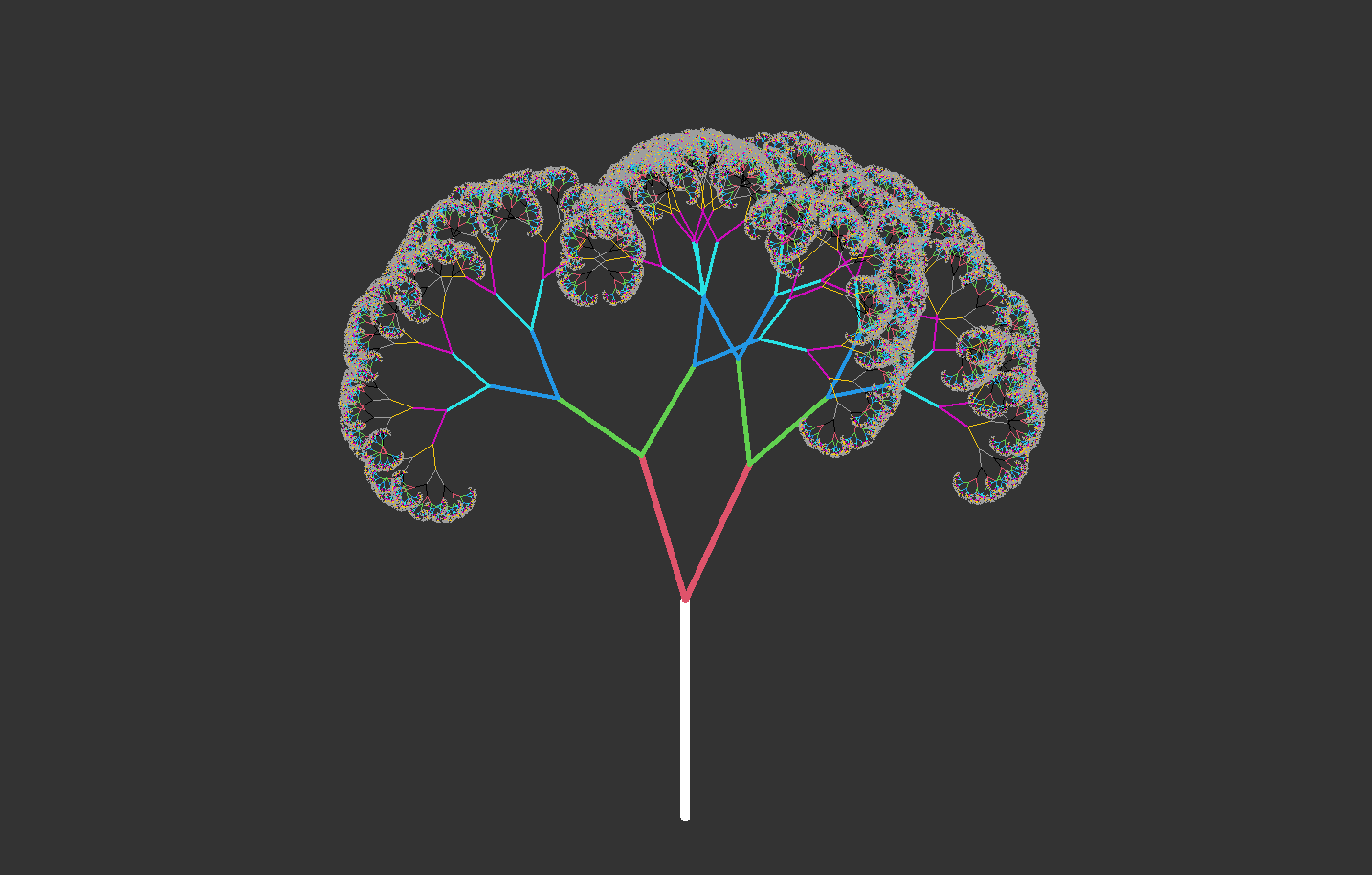
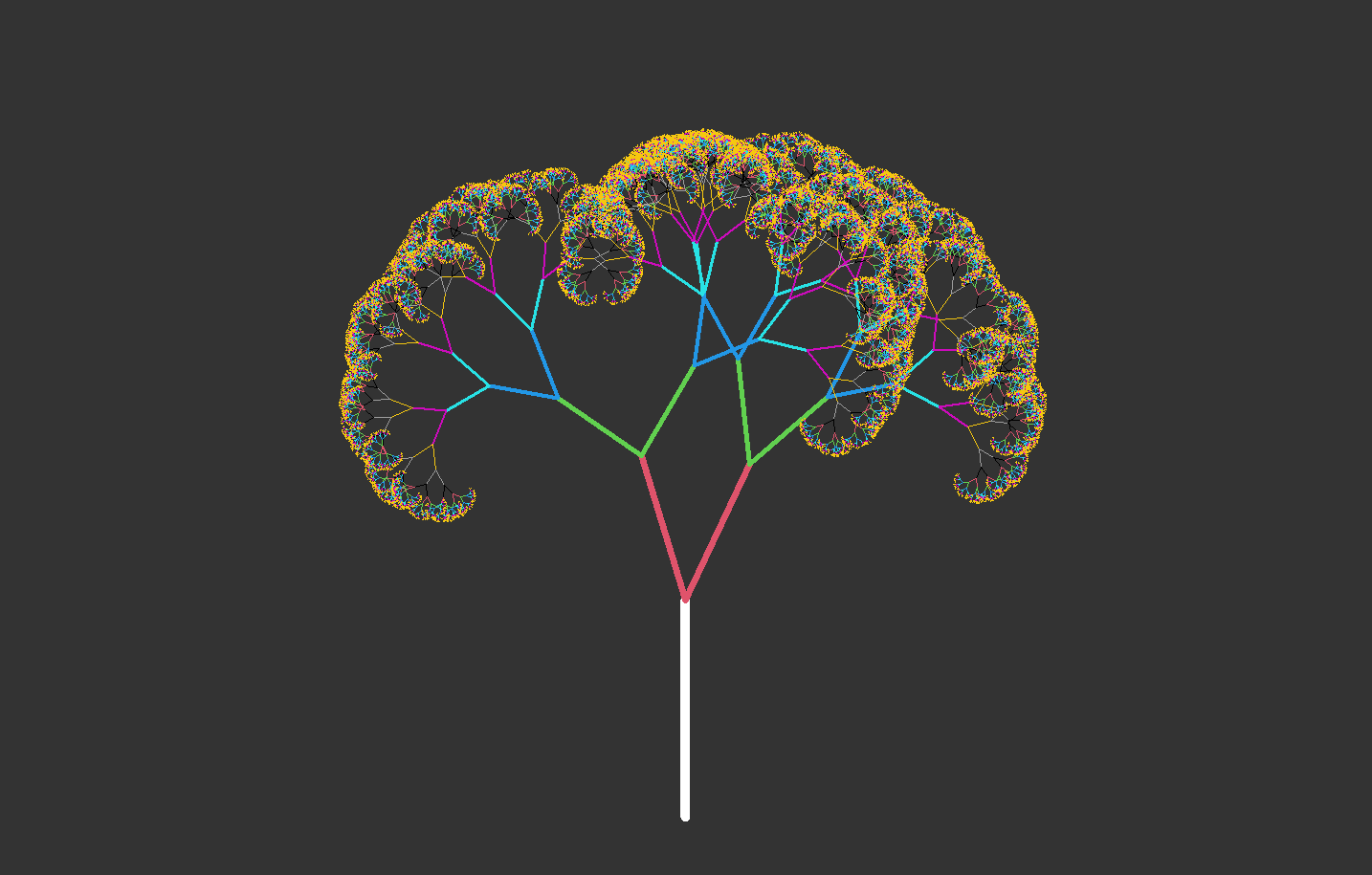
Moreover, the concept of fractals extends to the intricate network of veins found in the leaves of many plants. These vein patterns, exhibiting fractal characteristics, serve to optimize the transport of fluids and nutrients to and from individual leaf cells. The manifestation of fractals in nature is not limited to biological structures; it extends to various natural phenomena such as coastlines, clouds, and mountain formations. In the realm of mathematics and computer science, fractals are studied for their self-replicating and iterative properties, with applications spanning diverse fields, including art, computer graphics, and the modeling of complex natural systems.
Veins of Leaves
The intricate arrangement of veins within the leaves of numerous plant species adheres to a fractal pattern, a mathematical concept characterized by the repetition of similar structures at progressively smaller scales. This particular vein distribution serves a crucial physiological function, optimizing the efficiency of nutrient transport into and out of the leaf.


The fractal nature of leaf veins ensures a highly organized and space-filling network, facilitating the seamless circulation of water, minerals, and organic compounds throughout the leaf tissue. This sophisticated vascular arrangement not only enhances the absorption of essential nutrients from the surrounding environment but also expedites the removal of metabolic by-products, contributing to the overall health and vitality of the plant. By embracing a fractal design, the leaf veins effectively maximize the surface area available for the exchange of gases, such as oxygen and carbon dioxide, during the process of photosynthesis. This strategic optimization of nutrient distribution and gas exchange exemplifies nature’s remarkable ability to incorporate mathematical principles into biological structures, ensuring the resilience and functionality of plant life.
Plant’s Leaves
Romanesco broccoli, perhaps one of the well-known fractal patterns in nature, grows in branches or buds. Each large bud has several smaller buds, which themselves have smaller buds, and so on. While these natural fractals are not infinite like their mathematical counterparts, their self-similarity is well modeled by fractals. Many non-biological processes and objects also demonstrate repeating self-similar fractal features.


Snowflakes
The captivating symmetry and intricate beauty of snowflakes are attributed to their underlying fractal structure, a manifestation of the organized arrangement of water molecules during their crystallization process. This inherent fractal geometry is notably expressed through the hexagonal symmetry observed in the six branches of individual snowflakes. The delicate and ornate patterns formed by these branches exhibit self-similarity, where each branch mirrors the overall structure on a reduced scale.
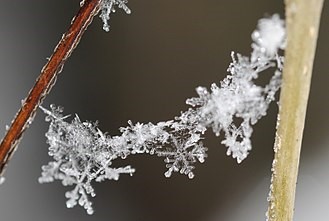


Furthermore, the phenomenon extends beyond the delicate crystals falling from the sky. When frost forms on windows or other surfaces under specific atmospheric conditions, it, too, exhibits a fractal nature. The intricate frost patterns etched onto glass surfaces capture the essence of fractals through their self-repeating and elaborate motifs. In both instances—whether as individual snowflakes or as patterns of frost—the manifestation of fractal geometry underscores the underlying order in the seemingly chaotic and unpredictable world of weather and natural formations. The delicate dance of water molecules, guided by the principles of fractals, creates a visual spectacle that highlights the harmonious interplay between mathematical precision and the elegance of nature’s artistic expression.
Micro-Structural Landscapes of Metals
In the realm of materials science, the micro-structural landscapes of many metals reveal an intriguing resemblance to natural fractal patterns. These branching features, akin to the intricate form of trees, are scientifically recognized as dendrites. The emergence of dendrite structures is a consequence of precise crystallization parameters during the solidification process of metals. The self-similar branching characteristics of dendrites echo the principles of fractal geometry, offering a fascinating parallel between the intricate patterns found in nature and the microscopic world of metallurgy.
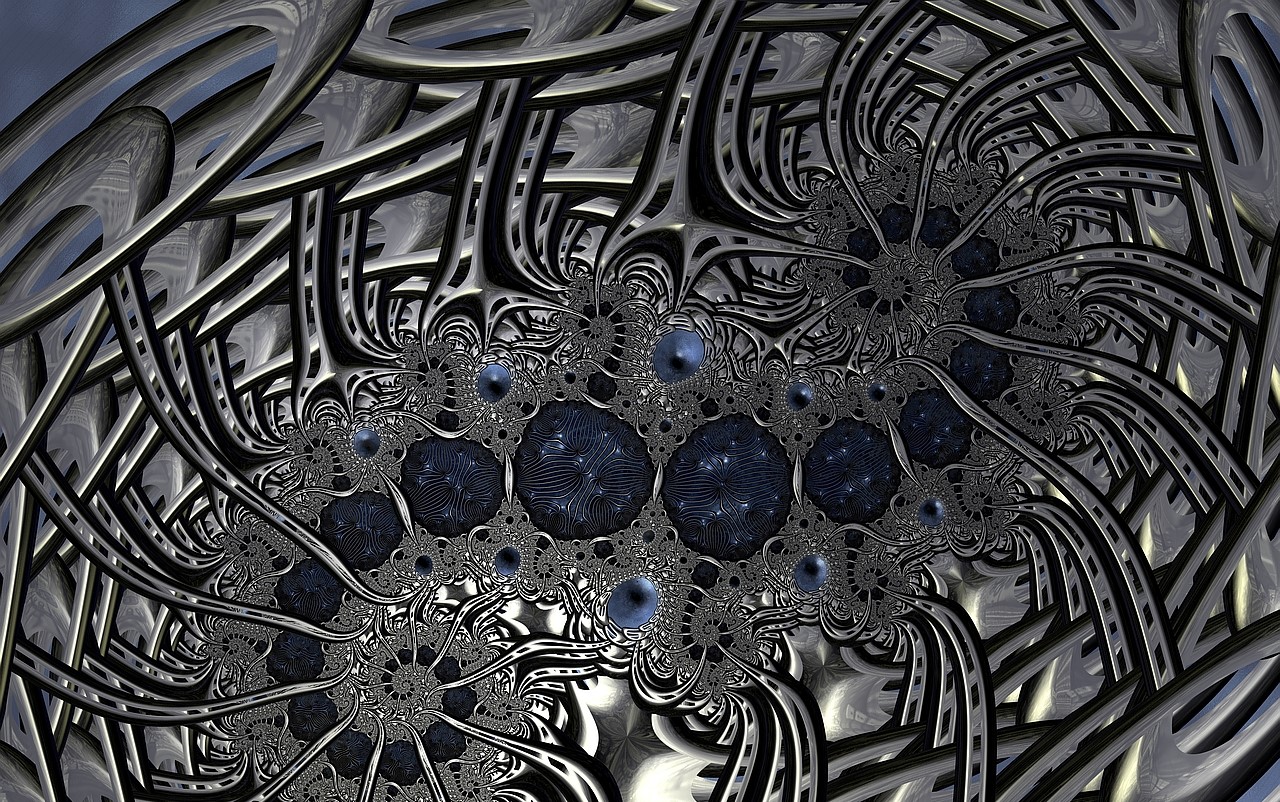

From Water to Mountain
Flowing water often spreads out in fractal patterns, such as alluvial fans of rivers that terminate near mountains. The flow of water, wind, or other sources of erosion can form fractal patterns and features, such as coastlines and mountains, as the driving forces of change often act more strongly on areas that have already been acted upon in a recursive loop.
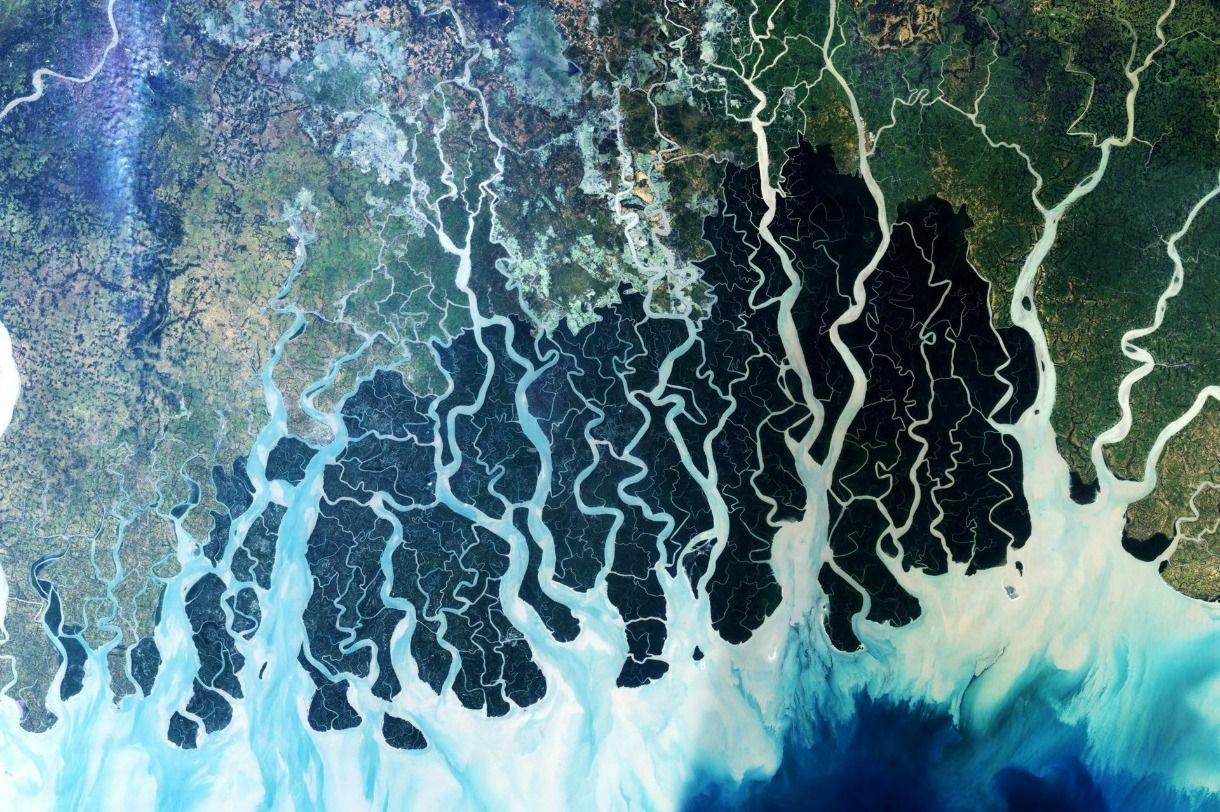
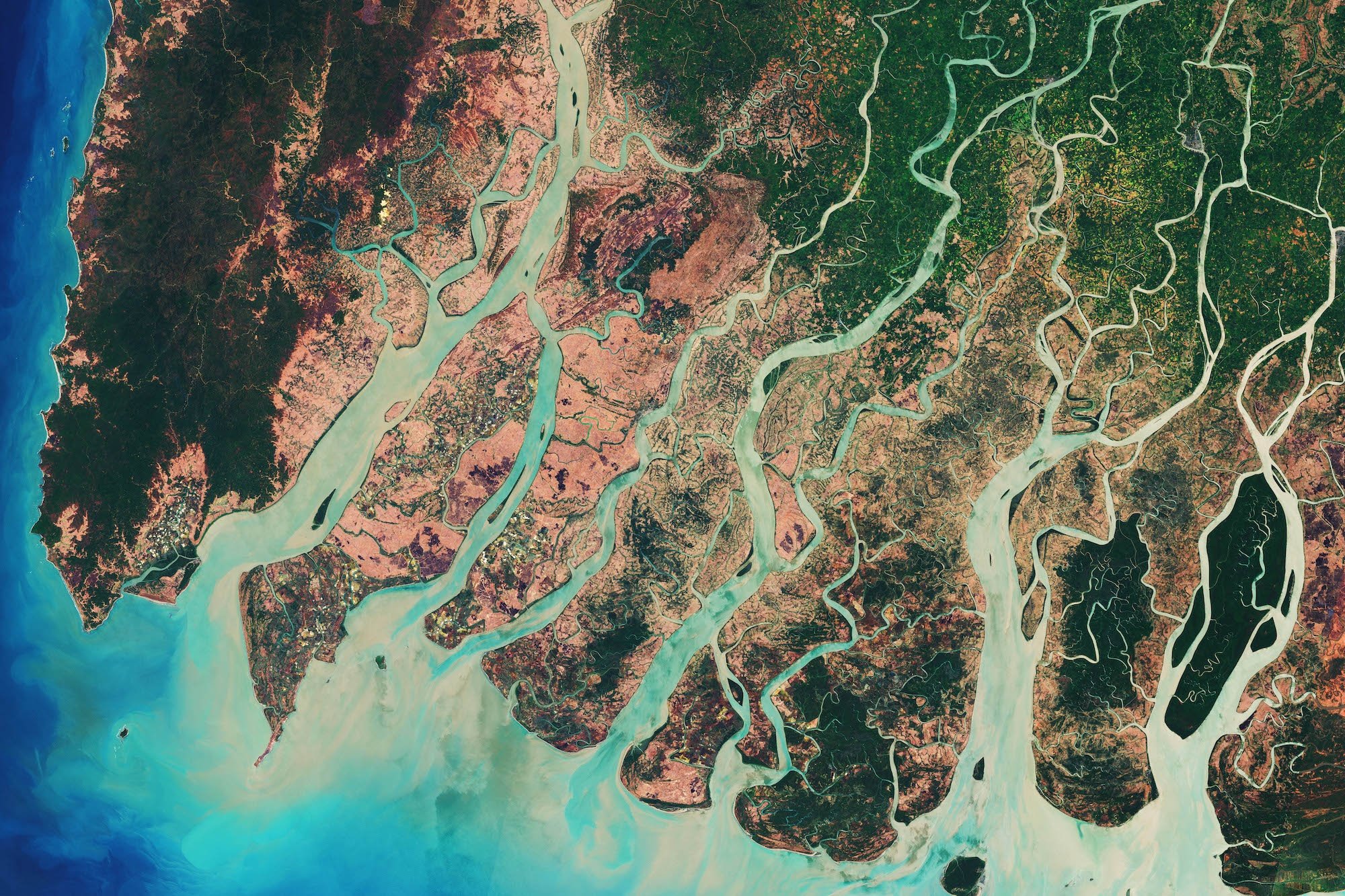

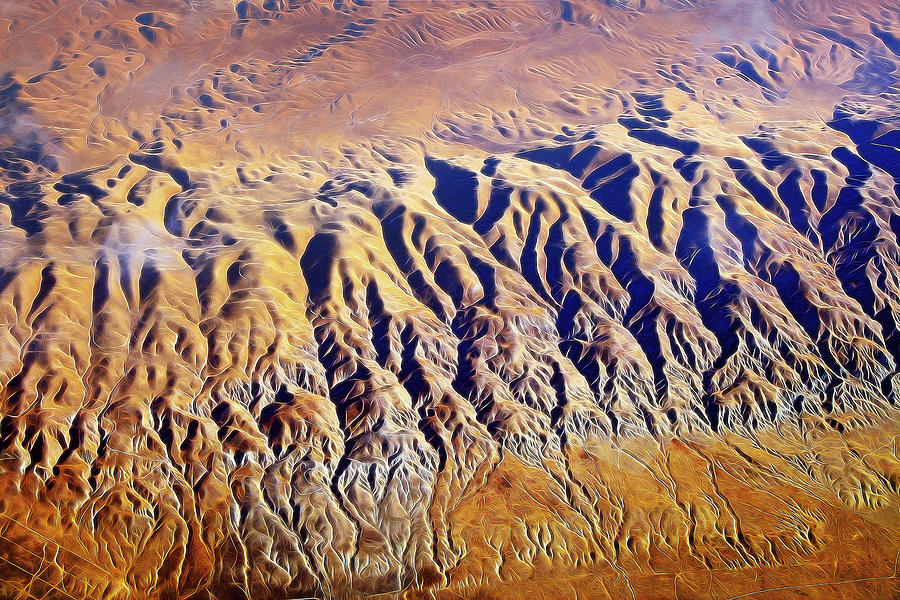
From Galaxies to Growth of Fern Leaves
On a larger scale, solar systems in galaxies have been observed to organize in self-similar patterns, something that defies many previous theories. At the basic level, fractals occur in nature because of the repetition of a process or force acting on something, such as the erosion of land by water or the growth of leaves on fern plants. The persistent action of water on the surface can introduce cracks that expand and open up more surface area for new cracks to form, thus creating self-similar features.




The force of evolution drives living things to be as simple as possible while still being able to survive. The shortening of an organism’s genome can be beneficial, as it would require fewer resources to reproduce. In this respect, fractals offer a marvelous method for living structures, as it is easier to genetically store the self-similar information of fractals than the details for every small structure, as seen in the fractal patterns of fern leaves. For some natural fractals, it is still unclear why they’re organized in self-similar patterns; although, the driving principle is likely related.
Fractals in Human Creation
The innate human tendency to recognize and appreciate patterns in the natural world has been a timeless pursuit spanning millennia. This deep-seated observation has significantly influenced human creativity, leading to countless artistic and architectural creations inspired by the mesmerizing intricacies of fractal patterns.
A prime example of this influence can be observed in the historical organization of towns and villages, where the layout often adheres to fractal distributions. The echoes of fractal geometry can also be found in the artistic masterpieces of the Renaissance era, notably through the recurring presence of the logarithmic spiral, a mathematical construct that graces the canvases of renowned artworks. This deliberate incorporation of fractal elements suggests an inherent connection between the human aesthetic sense and the patterns inherent in the natural world.
Remarkably, humans seem to unconsciously emulate the self-similar structures prevalent in nature. Modern research has shed light on this intriguing phenomenon, revealing that individuals exhibit a subconscious preference for artistic designs that showcase fractal geometry. Whether in architecture, art, or urban planning, the allure of fractals appears to captivate the human psyche, highlighting a profound and often subliminal resonance between the human creative impulse and the intricate patterns woven into the fabric of the natural world.
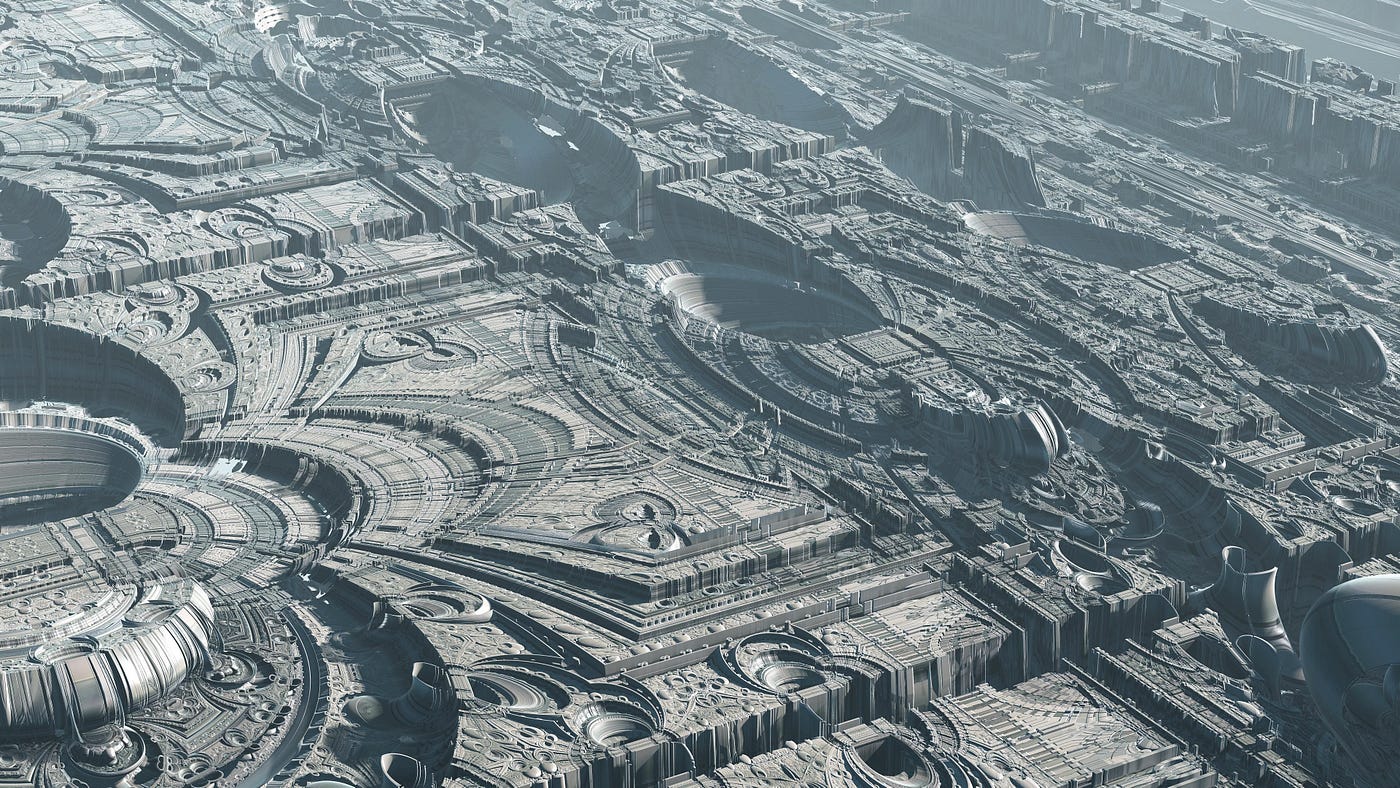
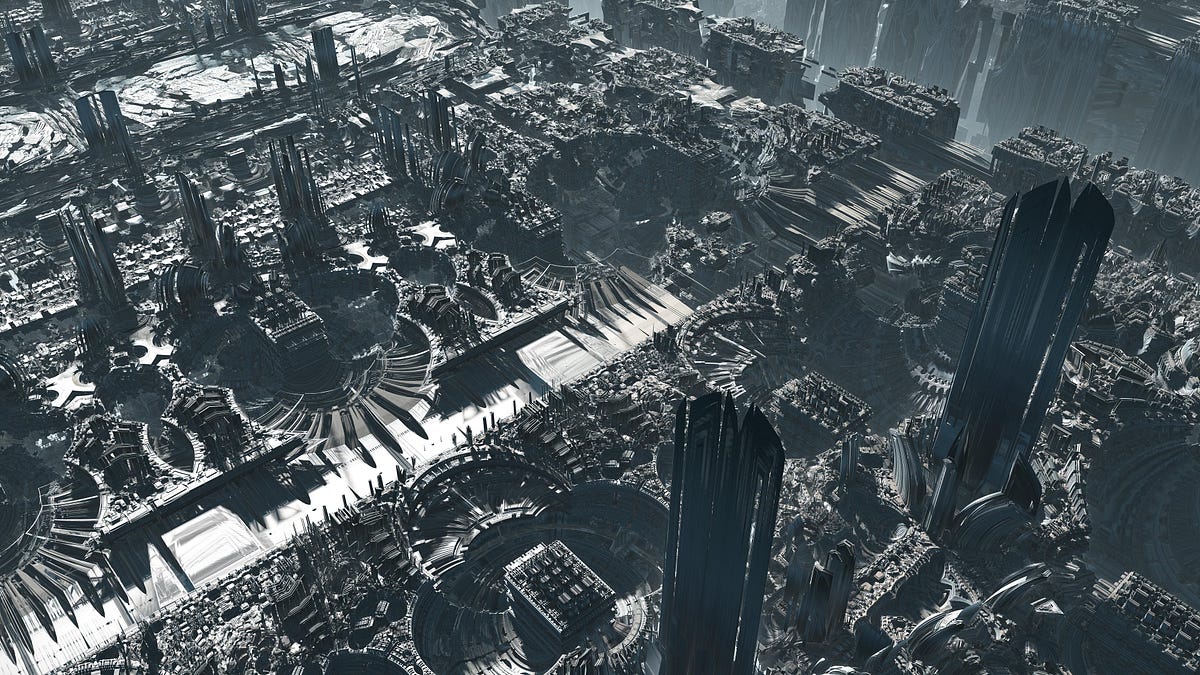
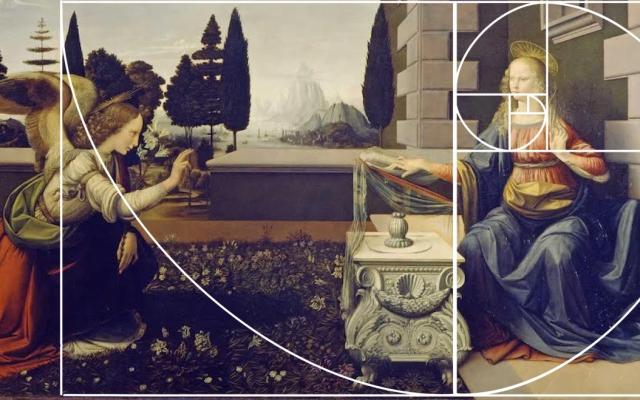


Exploring Fractals and Recursive Patterns
The exploration of natural structures has been a perennial fascination for scientists, prompting in-depth investigations into diverse phenomena like the spiraled intricacies of the nautilus shell, the symmetrical beauty of ice crystals, and the branching network of veins within the human body. In early attempts to decipher these patterns, human models relied on relatively straightforward mathematical constructs, often employing logarithmic functions or repeating geometrical features.

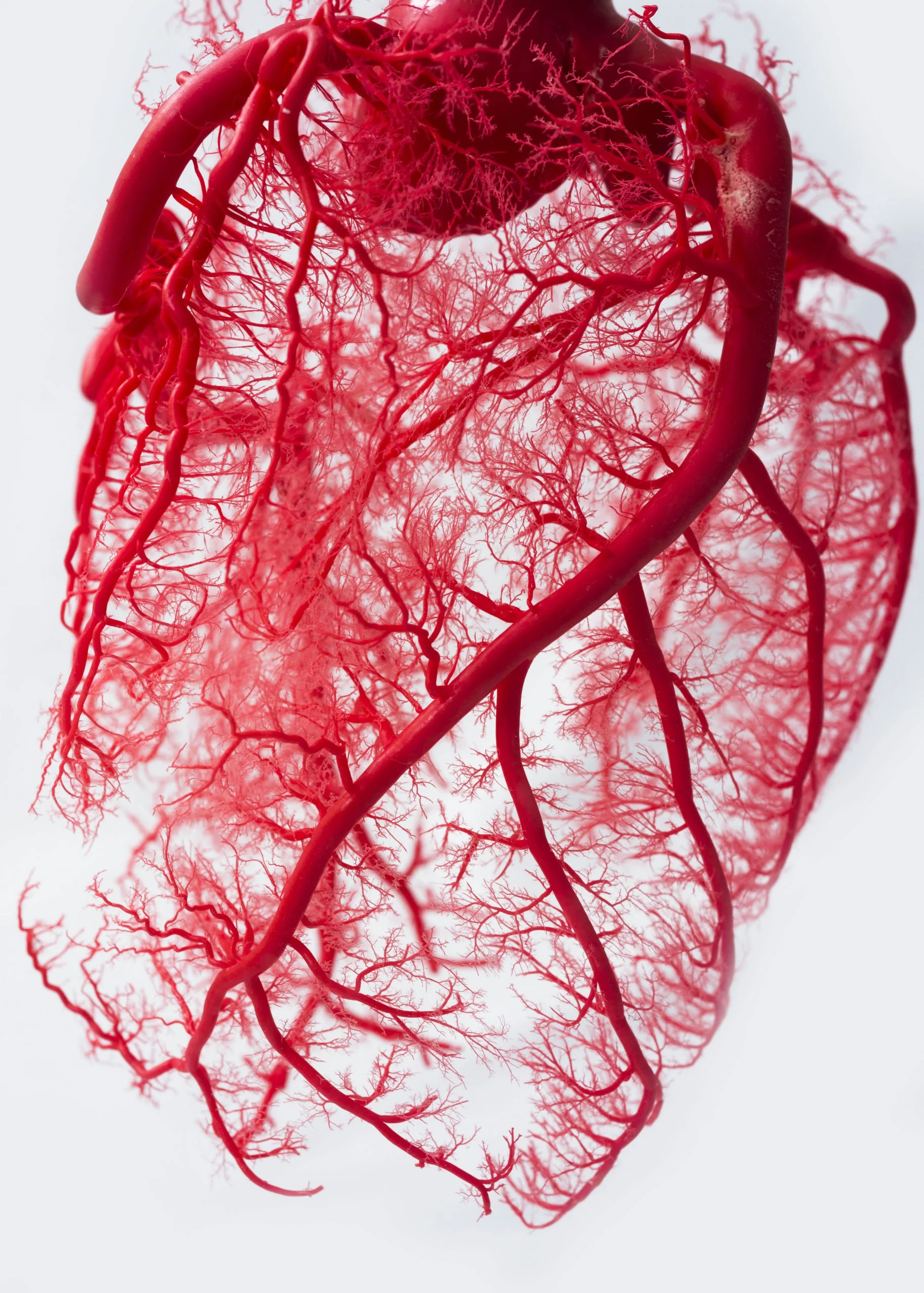
However, as scientific understanding advanced across multiple disciplines, including mathematics, science, and technology, researchers delved deeper into the complexity of these natural structures. The simplicity of initial models gave way to more sophisticated analyses that leveraged the power of advanced mathematical tools. The exploration of recursion, a mathematical concept emphasizing self-reference and iterative processes, became a focal point for many scientists seeking to unravel the underlying principles governing the formation of these intricate patterns.
This ongoing scientific endeavor has not only enriched our understanding of natural structures but has also spurred technological and scientific advancements. The insights gained from studying recursion and self-similarity have found applications in various fields, from image processing and computer graphics to the modeling of complex systems. The journey to comprehend the inherent beauty of natural patterns has thus become intertwined with the evolution of mathematical methodologies, contributing to a deeper appreciation of the interconnectedness between nature’s elegance and the intellectual pursuits of humankind.
Reinvigorating of Fractals
The study of fractals was reinvigorated with the advent of computing in the late 1900s. In the late 1970s, Polish-French mathematician Benoit Mandelbrot began studying fractals, specifically the Julia sets created by French Gaston Julia six decades prior. At the time, Mandelbrot was among the researchers at IBM and used the computers available to him to plot the Julia sets, specifically highlighting the points in the set that did not go to infinity but stayed between certain bounds, now known as the Mandelbrot set.
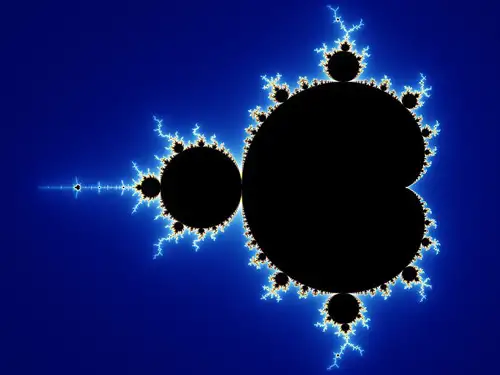

Building on the work of George Cantor, Gaston Julia, Felix Hausdorff, Lewis Fry Richardson, and Benoit Mandelbrot wrote many papers and books on a new field of study. Fractals is a name he derived from the Latin word for fragmented. Mandelbrot demonstrated the application of fractals to natural phenomena, such as coastlines, as well as unnatural phenomena, such as the stock market. In addition to applications in mathematics, fractals have been used to model or design novel systems in fields such as medicine, computer and electrical engineering, biology, chemistry, environmental science, cosmology, and many more.
Fractals can have non-integer dimensions, referred to as Hausdorff dimensions, that are better suited to modeling many naturally occurring objects or processes.
Unlike the familiar one, two, and three-dimensional figures, fractals do not have integer topological dimensions and instead can have non-integer or Hausdorff dimensions, which allow for a closer approximation of natural features. The simplicity and high surface area of fractals makes them ideal models for simplifying and improving existing or theoretical designs.

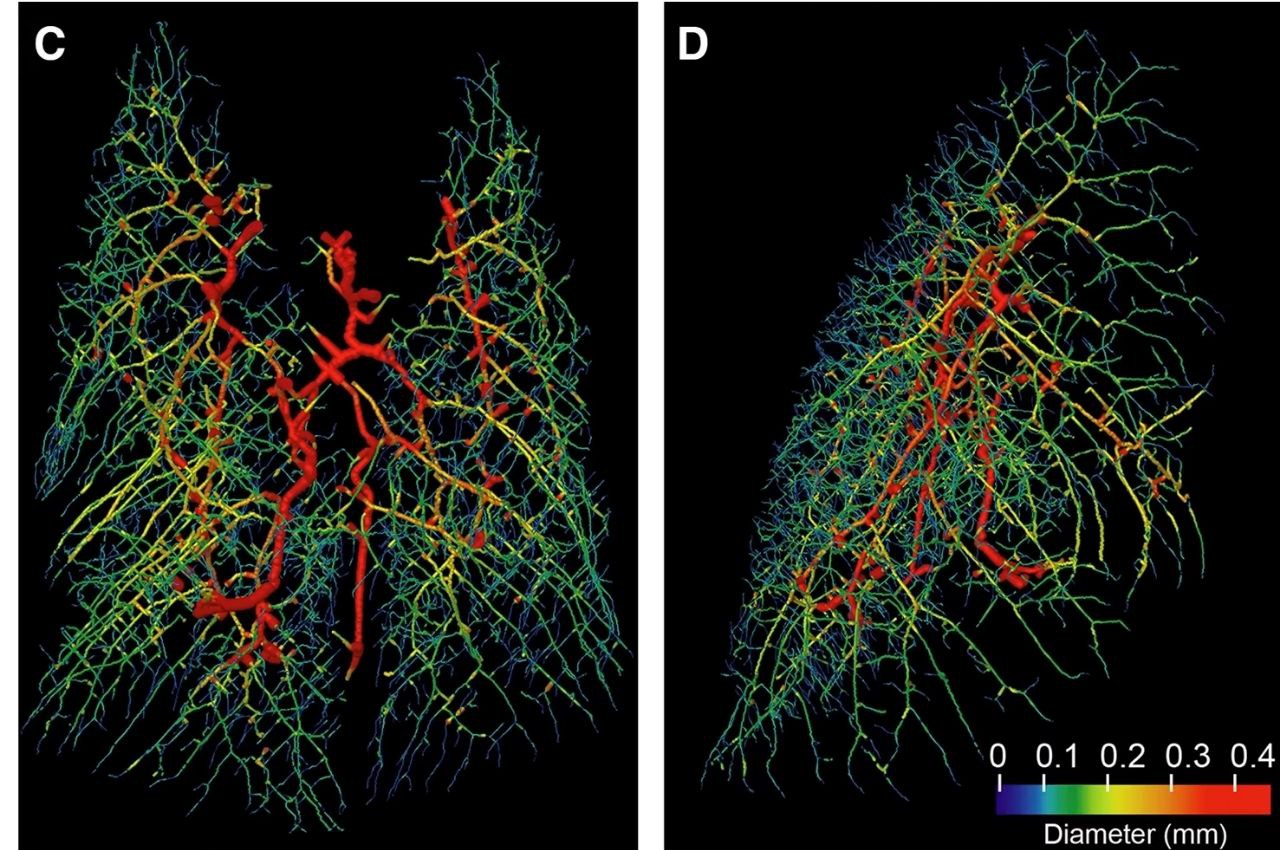
Fractals have found ingenious applications in biology and medicine due to the multitude of natural systems that follow recursive patterns in at least one respect. Some bacteria’s growth has been well approximated by fractal models, and these models can also help the locations of bacterial colonies. The growth of blood vessels in the human body follows fractal division, a phenomenon that can be disturbed in cancerous tissue. Fractal analysis of blood vessel growth in tumor tissue can offer new insights into cancer.
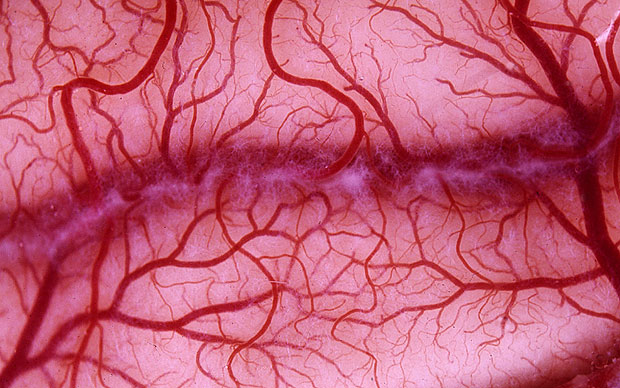
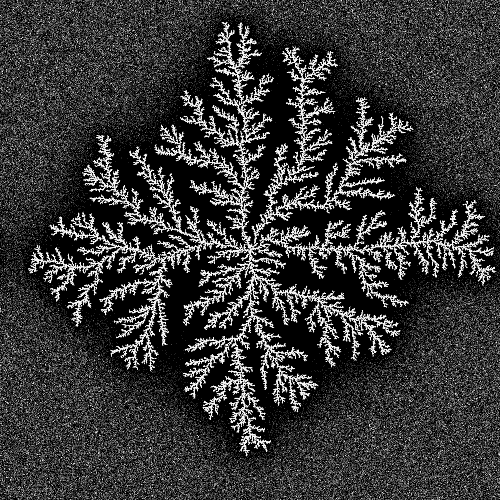
The organization of neurons follows fractal patterns a feature that may help understand how the human brain functions. Fractal distributions have been used to determine the distribution of plants in managed forests, analyze the distributions of alveoli and lungs, and even research the genetic systems of cells. Fractal models have been successfully applied to physical processes such as turbulent flow and aggregation of molecules due to the similarity of the physical laws that govern how such things occur.

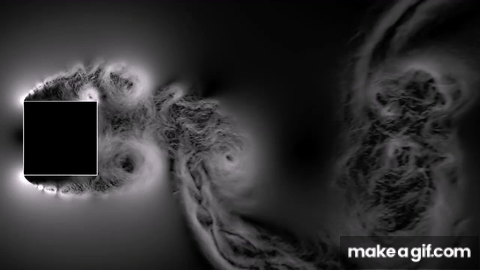
Fluid Dynamics as chaotic and potentially recursive phenomena have been reproduced numerically by fractal approximations which have helped model such things as fluid flow around airplanes and ship the kinetics of mixing in industrial processes and many other engineering problems.
Fractal approximations have helped model the flow of fluids for applications in aerodynamics, chemical procession kinetics, and many engineering problems
Some porous structures are fractal to a degree and fractal models have been used to model porous media for petroleum engineering.

The randomness seen in fractals can be similar to the Brownian Motion in molecules in liquid or gas and semi-fractal models have been used for the approximation of diffusion aggregation and electrodeposition of molecules in material engineering.
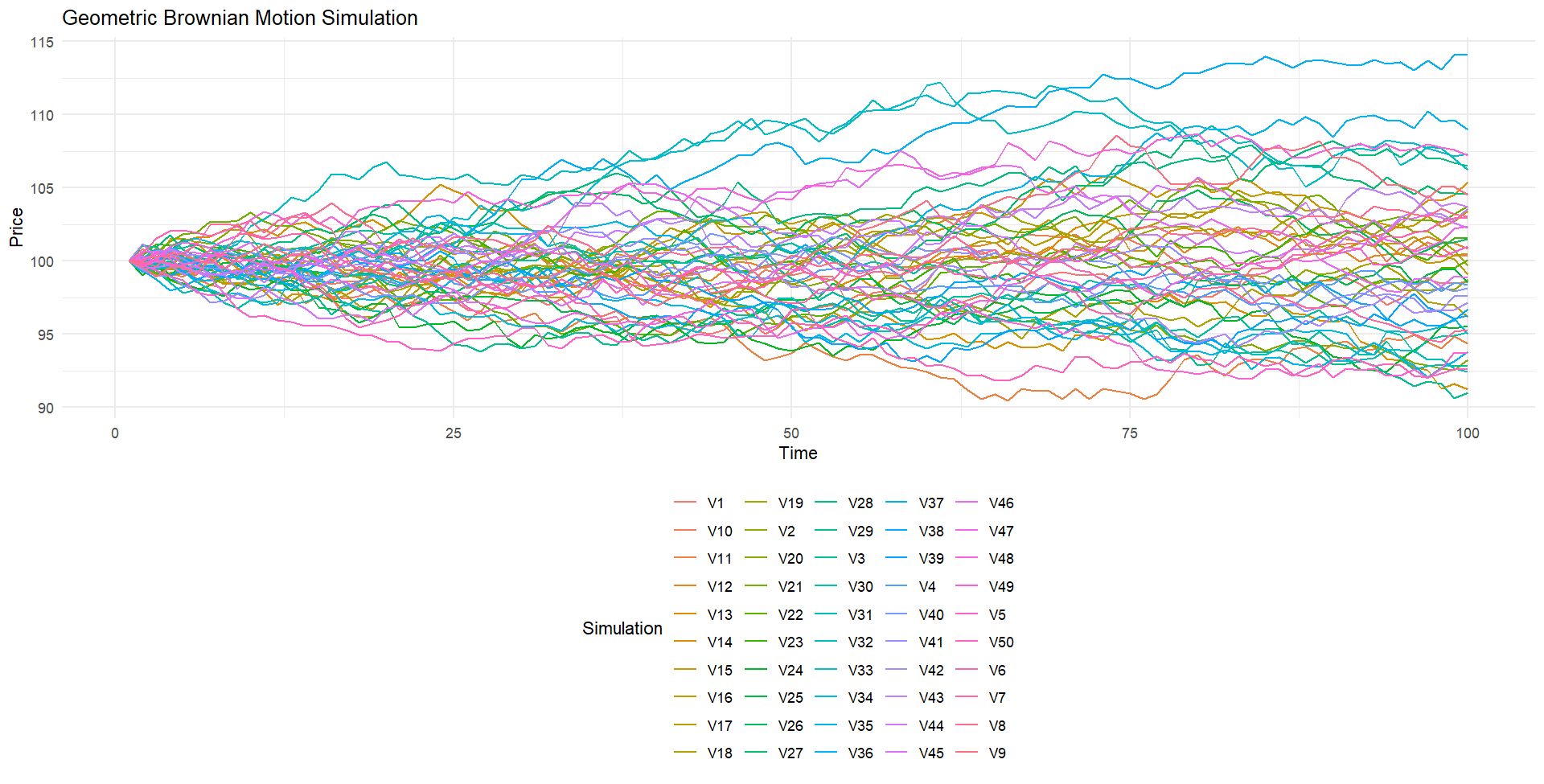
Due to the high surface area to volume ratio of fractal patterns designs that incorporate fractals have been implemented to minimize the mass or size of applications that require high surface areas such as antenna or cooling units Fractal antennae and cooling system designs have shown efficiency comparable to other systems with less material used than conventional designs.
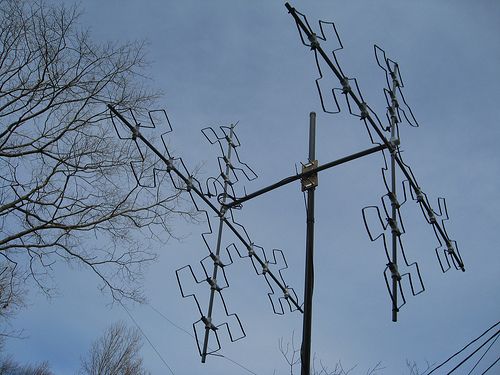

This approach has shown great promise in achieving equal or higher specifications with significantly less material used.
Using the self-similarity principle at any scale fractal patterns have been used in a new method of image compression which offers a clear resolution at any scale. The natural world has an abundance of chaotic processes that shape the world we live in and these processes often create the self-similar things we see around us. Learning from these natural fractals has given us the ability to advance our knowledge of the physical world and to apply this knowledge to novel creations. In the future, the study of fractals will lead to greater inventions and may help answer our lingering questions about the universe.
See Also
References
Mandelbrot, Benoît B. (1983). The fractal geometry of nature. Macmillan. ISBN 978-0-7167-1186-5.
Briggs, John (1992). Fractals:The Patterns of Chaos. London: Thames and Hudson. p. 148. ISBN 978-0-500-27693-8.
Trochet, Holly (2009). “A History of Fractal Geometry”. MacTutor History of Mathematics. Archived from the original on March 12, 2012.
Mandelbrot, Benoit. “24/7 Lecture on Fractals”. 2006 Ig Nobel Awards. Improbable Research. Archived from the original on December 11, 2021.
Mandelbrot, B. B.: The Fractal Geometry of Nature. W. H. Freeman and Company, New York (1982); p. 15.